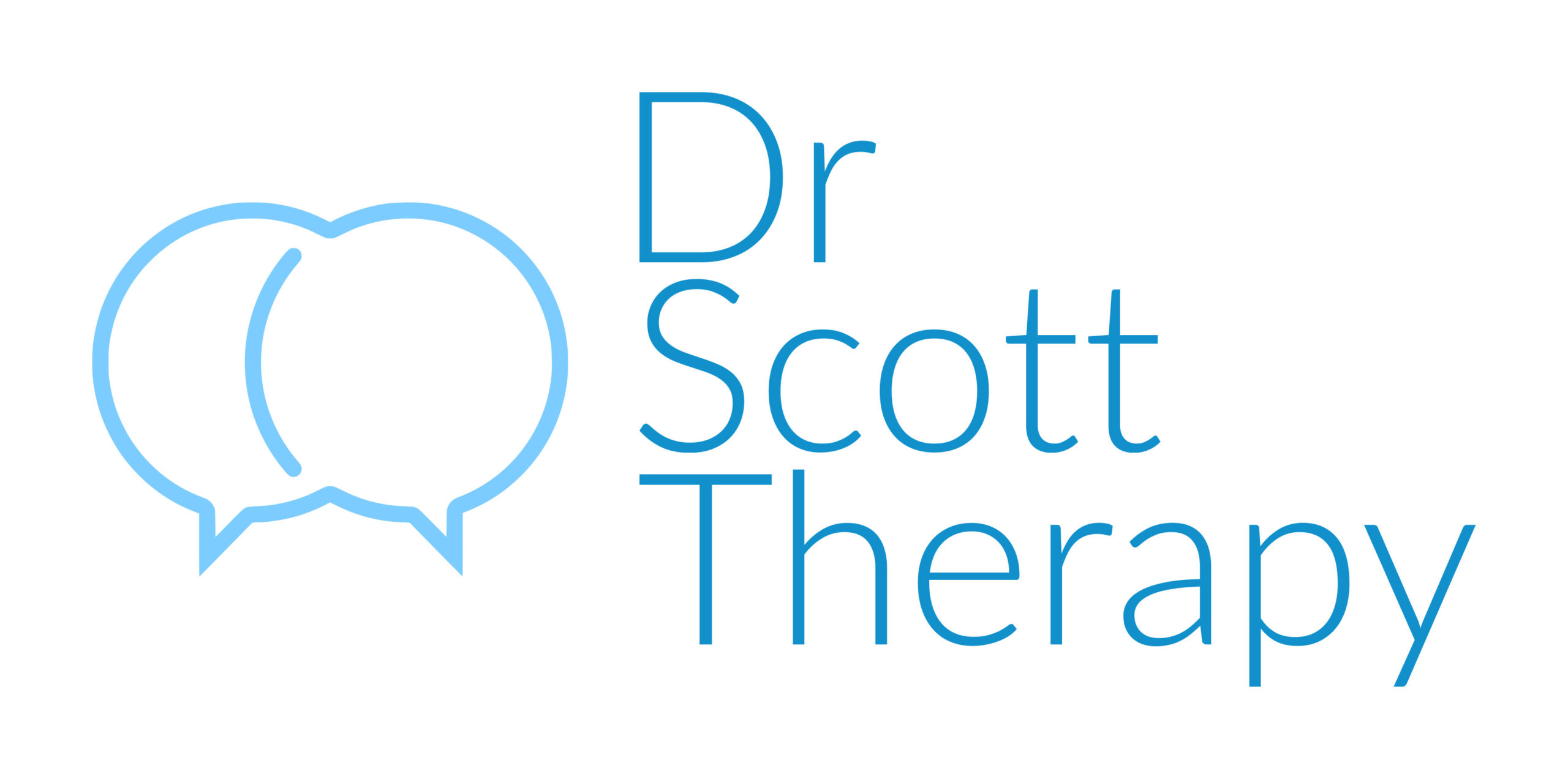Therapy Services
Remote Individual, Couples, and Family Therapy
You can choose from video or telephone therapy sessions and benefit from the convenience, privacy and flexibility of remote therapy. For more benefits of remote therapy read our FAQ’s.
Individual Therapy
Individual therapy may also be referred to as: therapy, psychotherapy, psychosocial therapy, talk therapy, and counselling. Individual therapy is a joint journey, a collaborative process between the therapist and the client in therapy. Common goals of psychotherapy can be to inspire change in a person’s life or to improve his/her quality of life. Frequently, the client can seek therapy for help with issues that are difficult to face alone.
Individual therapy can help the client overcome obstacles to their psychological well-being. It can increase positive feelings, such as self-esteem and self-efficacy. Clients in therapy can learn coping skills for managing difficult situations, building insight to help to them to make positive decisions, and reaching their personal goals. Many find they enjoy the therapeutic journey of becoming more self-aware. Some clients continue ongoing therapy for personal-growth.
Norcross, J.C. (2011). Psychotherapy relationships that work: Evidence-based responsiveness. New York: Oxford.
Couples Therapy
Couples therapy is a type of psychotherapy in which the therapist helps two people involved in a romantic relationship to gain insight into their relationship, resolve conflict and improve relationship satisfaction utilising a variety of therapeutic interventions. All couples therapy tends to involve the following general elements:
- A focus on a specific presenting problem (i.e. infidelity, sexual difficulties, communication problems, growing apart, stress surrounding childrearing roles, jealousy).
- Active participation on the part of the therapist in focusing on the relationship itself, rather than each individual separately.
- Solution-focused, change-oriented interventions early on in therapy.
- Treating the more underlying issues as therapy progresses.
- A clear establishment of collaborative treatment goals.
Nielsen, A.C. (2016). A roadmap for couple therapy: integrating systemic, psychodynamic, and behavioral approaches. New York, NY: Routledge.
Family Therapy
Family therapy looks to help members of a family understand each other better, resolve conflicts and improve communication. The therapist, encourages family members to explore similarities and differences within their relationships, with the aim of improving collective communication and finding a way forward as a family.
Family therapy aims to be considerate of every member of the family, and to avoid any members “ganging up” against one another. The therapist may not work with an entire family. They may only work with certain members of the family, but irrespective of who is in the therapy room at the time, a non-judgmental attitude is a cornerstone of the approach.
Carr, A. (2012). Wiley series in clinical psychology. Family therapy: Concepts, process and practice (3rd ed.). Wiley: Blackwell.
Hours
Sunday: 4 pm - 8 pm
Monday - Thursday: 8 am - 8 pm
Fri: 8 am - 4 pm
